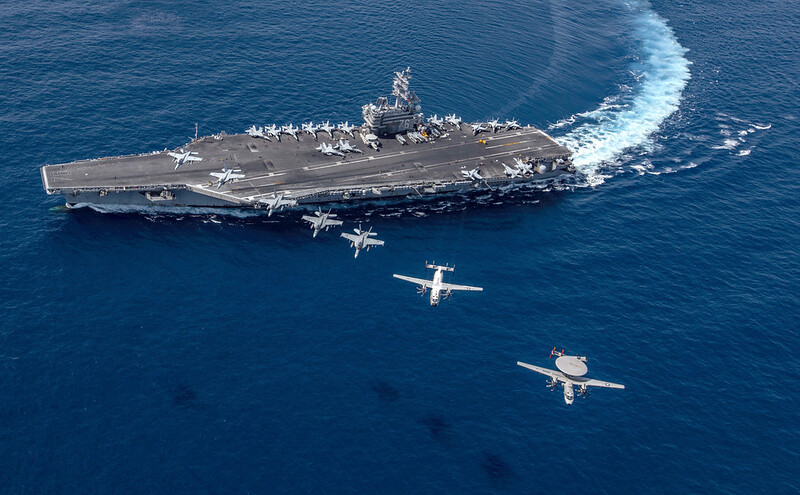The main recommendation that makes the paper interesting is for the US and Taiwan to threaten to destroy facilities of Taiwan Semiconductor Manufacturing Co (TSMC) in the event of a Chinese invasion. TSMC is the dominating player in the semiconductor manufacturing industry, holding 54% of the global market share. Meanwhile, only six percent of chips used in China are locally produced. In this situation, China’s high-tech industries would be immobilised at precisely the same time as when the country needs resources for its war efforts. Samsung, which holds the second-highest share and is based in US-ally South Korea, would be the only viable alternative for cutting-edge designs, making this outcome undesirable for Beijing. If China were to go ahead with its ambitions to take over Taiwan, it would suffer economic consequences long after the war ends, which could hurt the legitimacy of the Chinese Communist Party. The authors posit that the real challenge would be to design an automatic mechanism for this destruction if an invasion is confirmed, which is needed to make this threat actually credible. An analyst with ties to the People’s Liberation Army (PLA) said that the PLA’s goal for a successful Taiwan invasion was 14 hours, while a response from the US and Japan is projected to take 24 hours. “Relying exclusively on military threats is becoming less credible and thus more dangerous,” said Peter Harris, one of the authors. Aside from absorbing Taiwan, an invasion would also provide an opportunity for Beijing to gain international prestige by defeating the US, thus all the more reason for it to make the attempt. In response to the paper, Chinese State Council’s Taiwan Affairs Office posted an article noting that “the mainland’s pursuit of cross-strait reunification is definitely not for TSMC.” (Source: Nikkei Asia)

